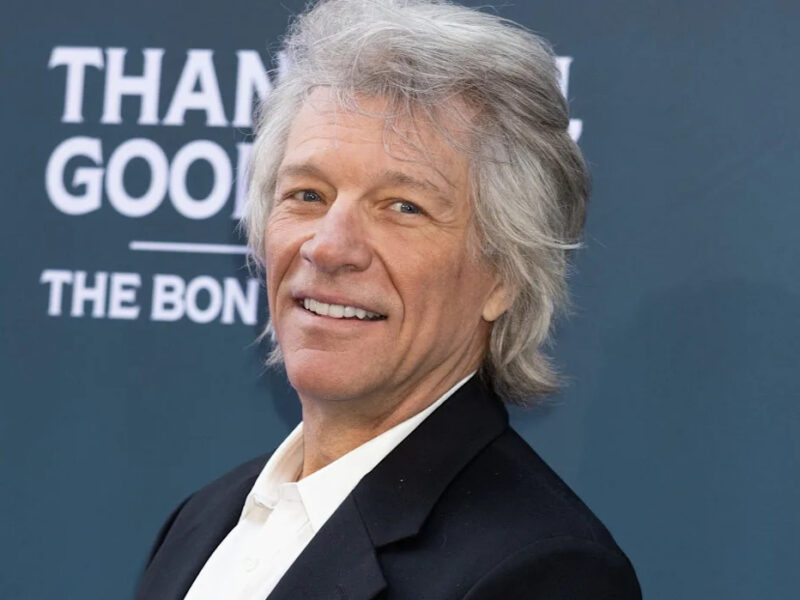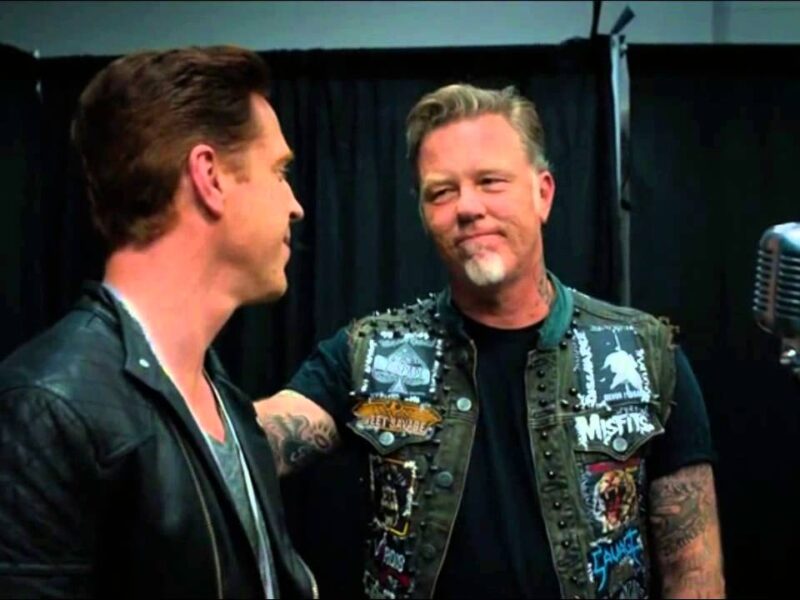Jimmy was still playing the Telecasters that he played in the Yardbirds. He was looking for a Les Paul and asked if I knew of any, ’cause he couldn’t find one that he liked. And I had two. So l kept the one I liked the most and I flew with the other one. I laid it on him and said, ‘Try this out.’ He really liked it. So I gave him a really good deal. I had to hand-carry it; I flew there and everything. So whatever my expenses were, that’s what I charged him. But again, I just thought he should have a Les Paul for godsakes!” Jimmy used it to record Zeppelin Il that May. The guitar became and remained his favorite guitar throughout his years with Zeppelin, and as he acquired others, he started referring to it as his number one…
One day, amidst his search for that ideal guitar, Jimmy expressed his frustration. He was looking for a Les Paul — a legendary Gibson model renowned for its warm, powerful sound and its ability to handle heavy distortion, an essential ingredient in the heavy, blues-driven sound he was developing. He confided in a friend that he simply couldn’t find a Les Paul that felt right or sounded the way he envisioned. It was a common frustration among guitarists, as each instrument has its own personality, and finding the right one can be a challenge.
Fortunately, the friend had a couple of Les Pauls in his collection. Recognizing Jimmy’s passion and understanding how much he needed that particular guitar, the friend decided to help. He kept the Les Paul he liked the most but had another one that he thought Jimmy might connect with. To ensure Jimmy could have the guitar he wanted without feeling the financial strain, he made a generous offer: he kept his favorite, but he handed Jimmy the other one, at a fair price that reflected his expenses. The arrangement was simple—Jimmy paid only what it cost him to fly with the guitar, plus any incidental expenses, as a gesture of fairness and friendship.
Jimmy was genuinely appreciative. He laid the guitar in his hands, feeling its weight, the feel of the neck, and the resonance of the body. When he tried it out, he immediately understood why this guitar was special. Its tone was thick, warm, and responsive—exactly what he needed to push his sound to new heights. Recognizing its potential, Jimmy accepted the deal, feeling that he had just acquired a true treasure.
That Les Paul became more than just an instrument; it became a pivotal piece of his musical journey. That May, Jimmy used it to record what would become Led Zeppelin’s second album, *Led Zeppelin II*. The guitar’s rich tone can be heard throughout the record, underpinning tracks like “Whole Lotta Love,” where its powerful, searing sound contributed to the song’s iconic riff. It was the first major recording session where Jimmy truly harnessed the guitar’s capabilities, and it played a vital role in shaping the sound of the album.
Over the years, this Les Paul remained Jimmy’s favorite guitar—his go-to instrument for recording and live performances. As he collected other guitars and experimented with different sounds, the Les Paul retained its special status. It was no longer just a guitar; it had become a symbol of his musical identity and a trusted tool that consistently delivered the tone he envisioned. As his collection grew, he affectionately started referring to it as his “number one” guitar—a title that underscored its importance in his life and career.
Jimmy’s bond with that Les Paul was more than just technical; it was emotional. Every scratch, dent, and wear mark told a story—of studio sessions, live performances, and creative breakthroughs. The guitar’s unique voice became intertwined with his own evolution as a guitarist, a constant companion that helped him craft the sounds that defined Led Zeppelin’s groundbreaking style.
In essence, that Les Paul represented more than just an instrument—it embodied Jimmy Page’s relentless pursuit of musical excellence, his generosity, and his vision for his sound. The fact that he went out of his way, flying with the guitar and bearing his expenses, showed his deep appreciation and respect for the instrument. It also reflected his belief that a great guitarist needs the right tools, and sometimes, those tools are worth more than their monetary value—they are treasures that shape a musician’s destiny.
Today, the Les Paul remains a revered artifact in Jimmy Page’s storied career. It stands as a testament to the serendipitous moments, the friendships, and the sacrifices that contributed to legendary music. That guitar helped forge some of the most iconic riffs and sounds of rock history, and it remains a symbol of Jimmy’s dedication to his craft and his musical journey.


